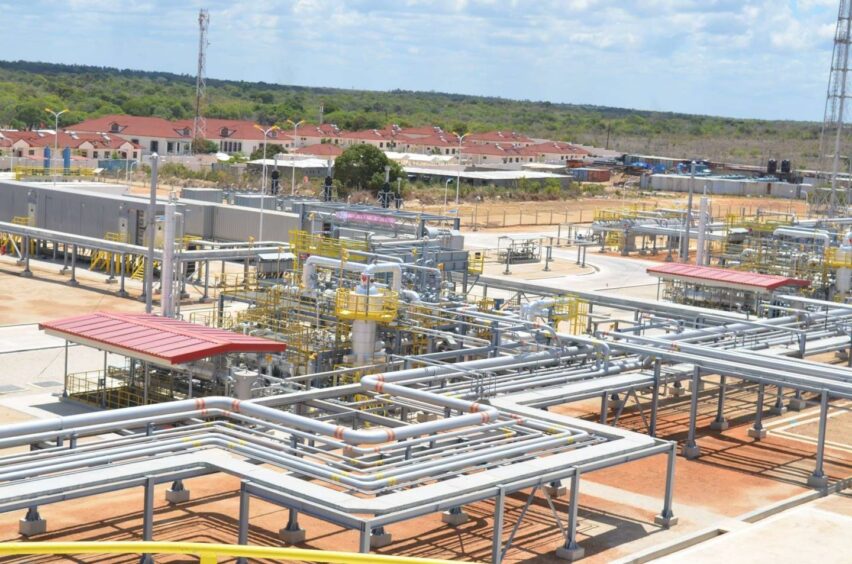
ARA Petroleum Tanzania (APT) should spud a well in Tanzania in November, partner Aminex has said, with production from Ntorya starting at the end of 2024.
While in general operations in Tanzania seem smoother than under the last president, there are still challenges. Aminex also noted that its application to move into a second exploration phase at the Nyuni area had made no progress.
Aminex applied for the extension more than two years ago. However, the company did not manage to agree terms.
Adding further pressure to plans, Aminex has been unable to bring in a partner for work on the licence.
Given these factors, the company has begun talks on handing the licence back to the Ministry of Energy.
Aminex reported more positive news on the Ruvuma licence. Seismic is under way and APT’s plans for the Chikumbi-1 well are in motion. The operator has ordered long lead items. It plans to spud in November this year.
Aminex is carried through the work up to $35 million. This should see it through to the start of gas production at Ntorya with no cost.
“We are pleased that operational progress continues to be made by the operator on Ruvuma and note the slight change in the spud date for the CH-1 well to November 2022. We look forward to important news on Ruvuma over the coming months,” said Aminex executive chairman Charlie Santos.
Having failed to secure a partner at Nyuni, returning the licence is “the correct move” for Aminex, Santos said. The move “reduces portfolio risk, preserves our capital resources and allows the company to focus attention on our other two more significant assets in Tanzania”.
Neighbourhood drive
Aminex also holds the Kiliwani North development licence. The company has said that drilling would depend on improved seismic imaging of the prospective targets. As such, Pan African Energy Tanzania (PAET) has agreed to shoot 3D seismic over the licence.
PAET intends to begin its seismic acquisition in mid-year. The company has the adjacent Songo Songo field, which is producing. The deal will provide Aminex with data and allow PAET to carry out full-fold processing up to the licence boundary.
Santos welcomed the deal for “new, high-quality seismic data over a material portion” of the licence. This will provide direct information on the area targeted but will also “allow us to re-interpret the existing 2D dataset over the remaining portion of the licence”.
